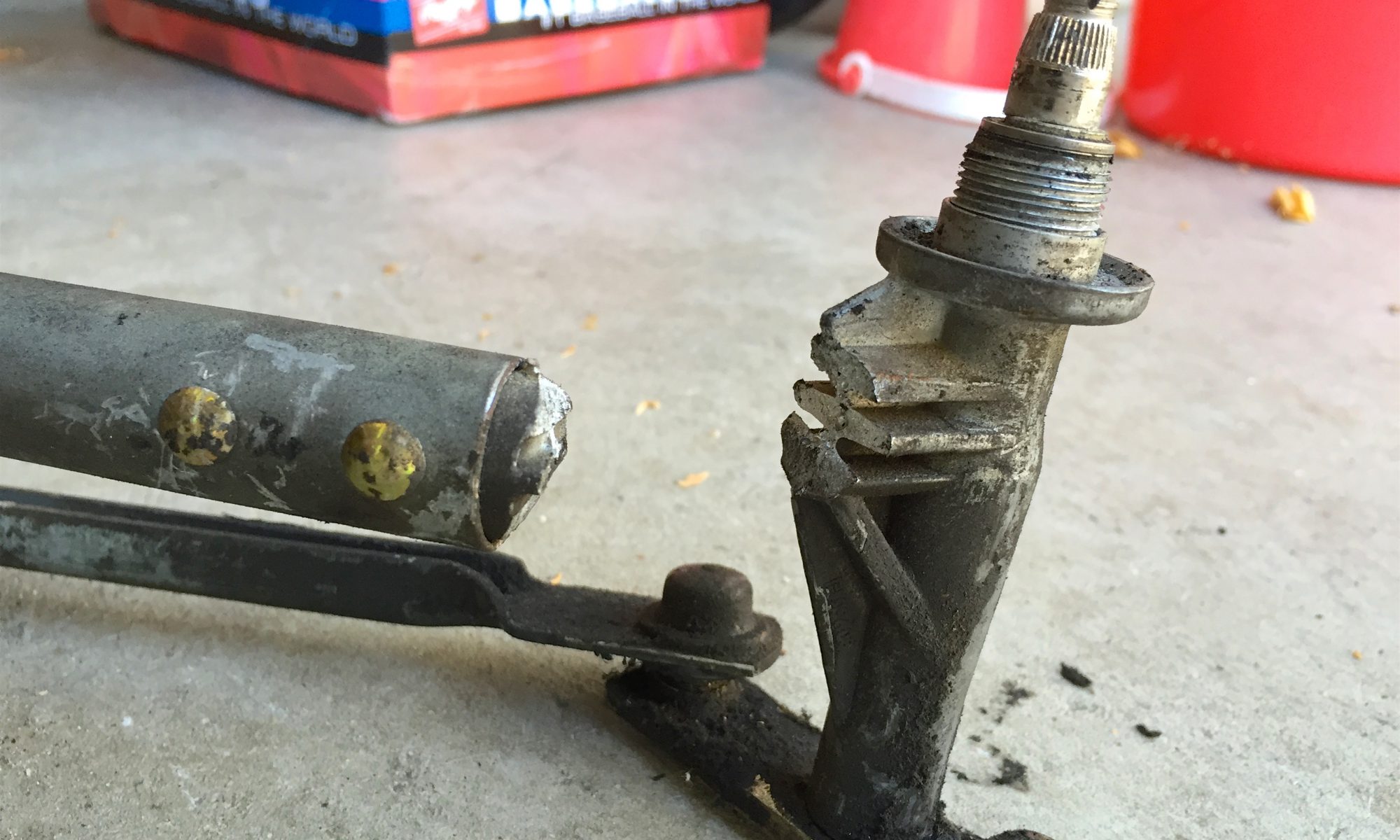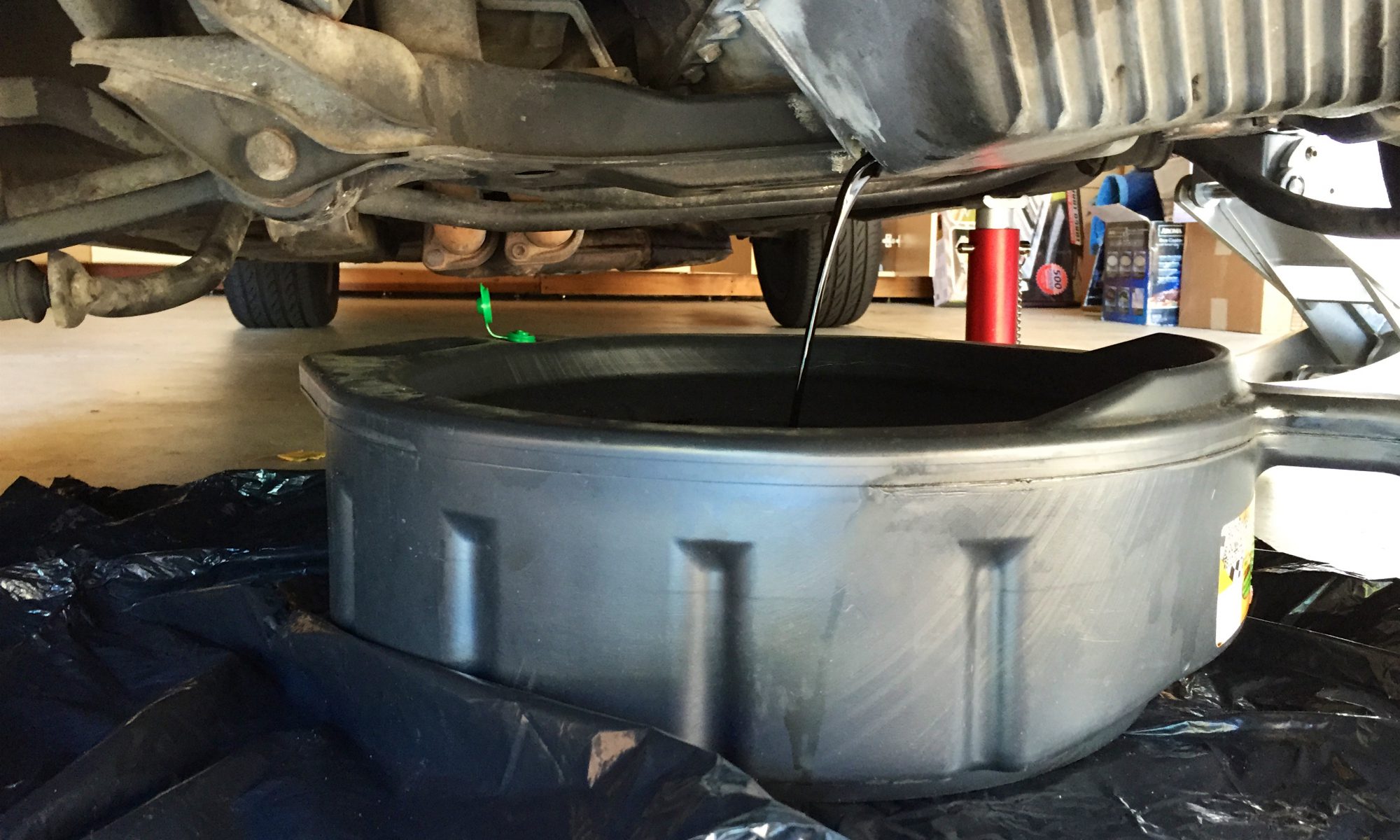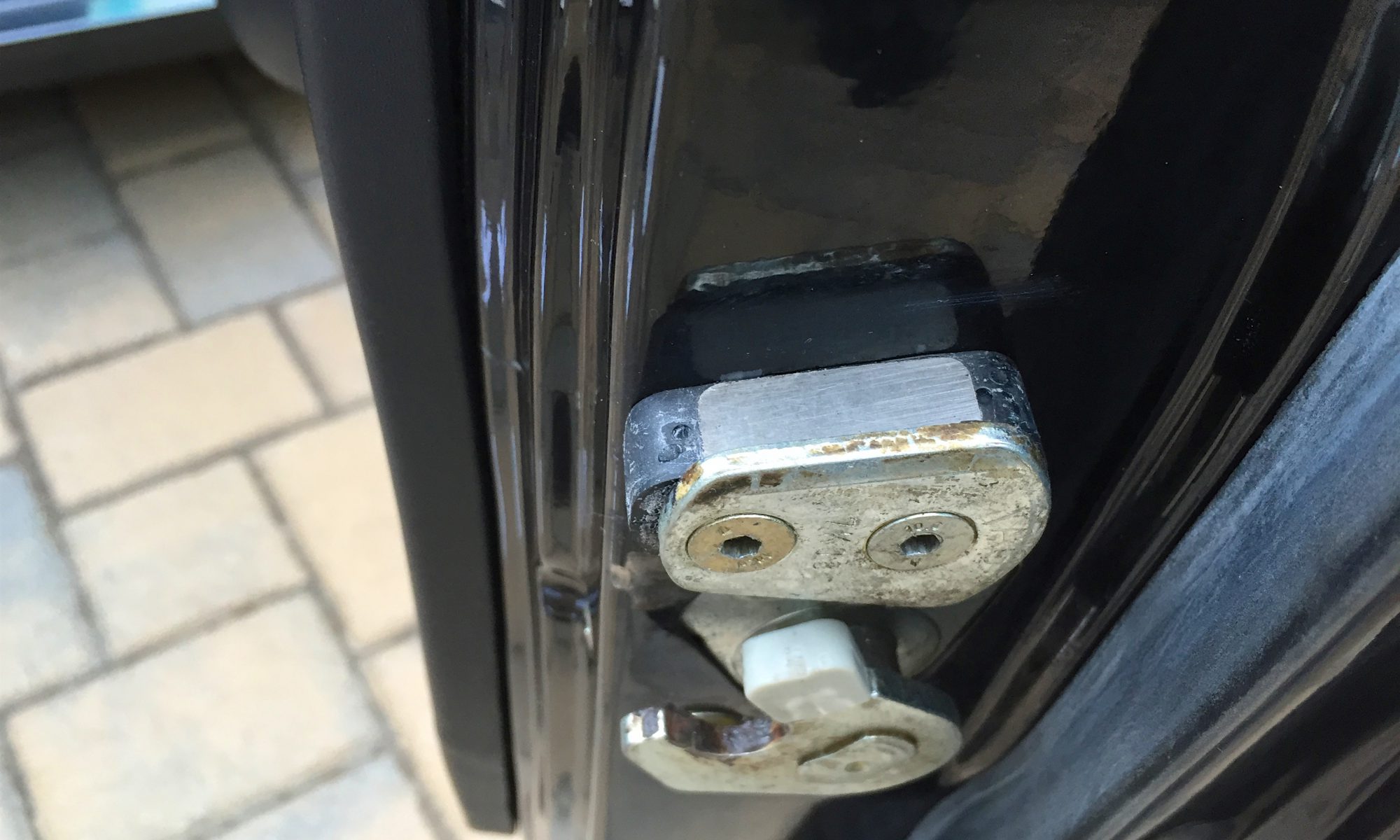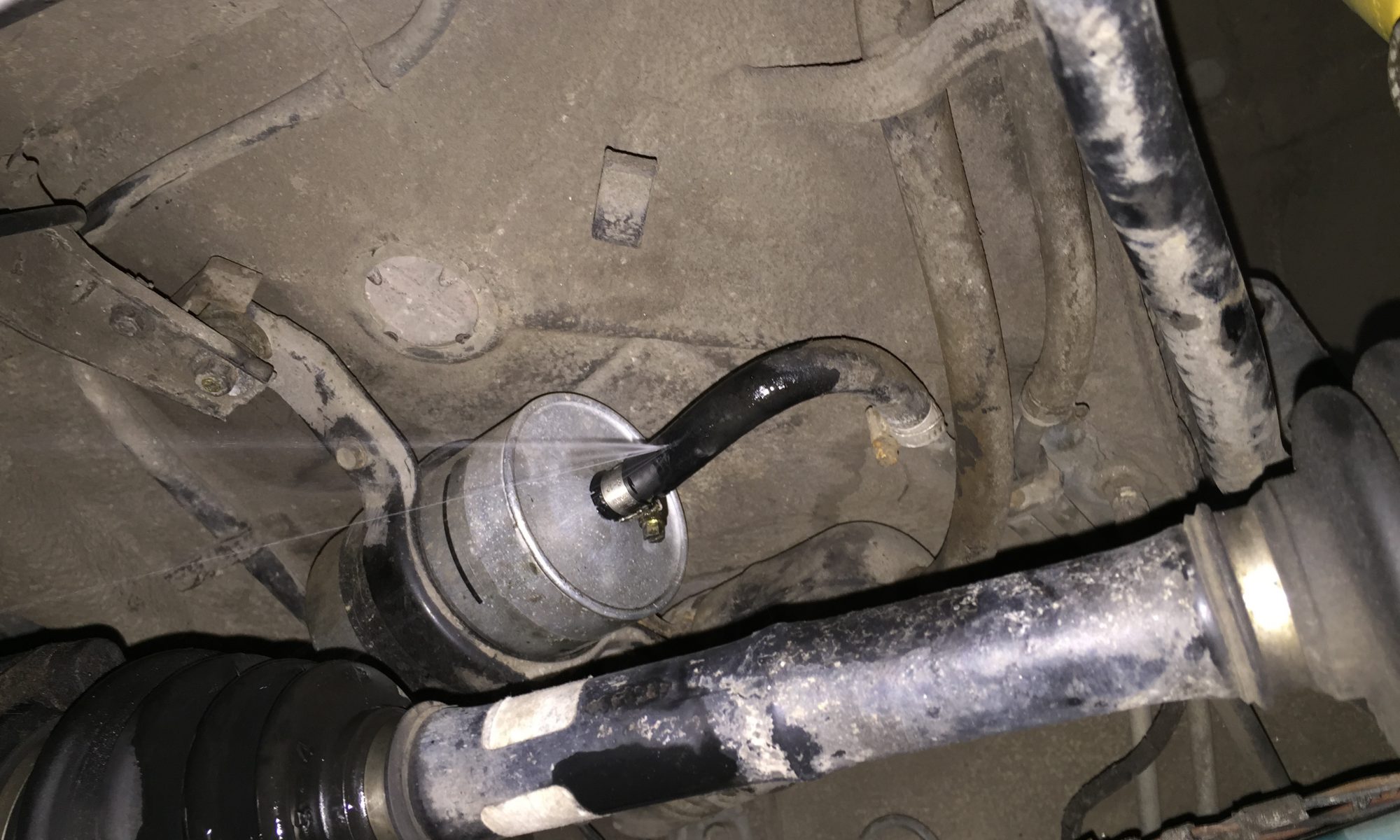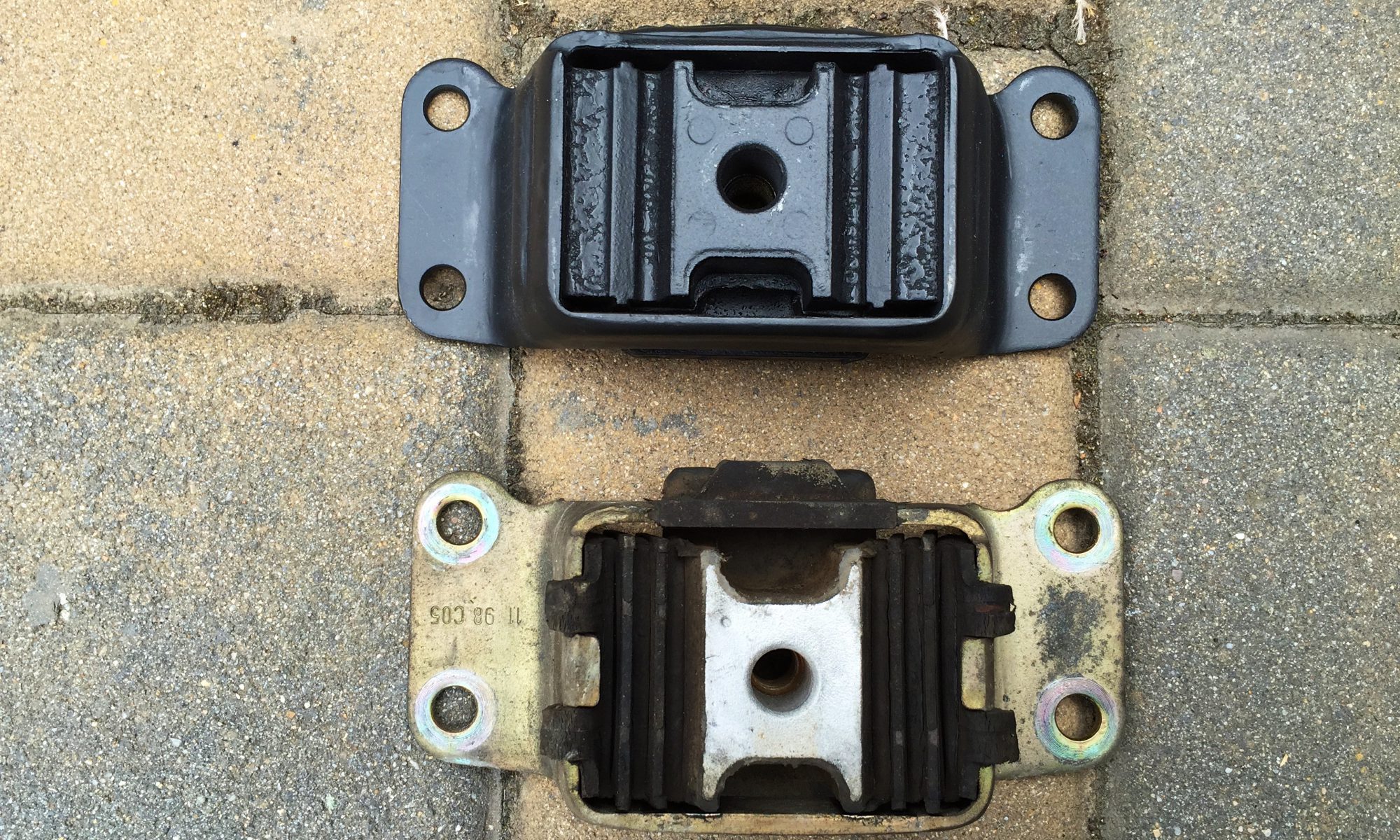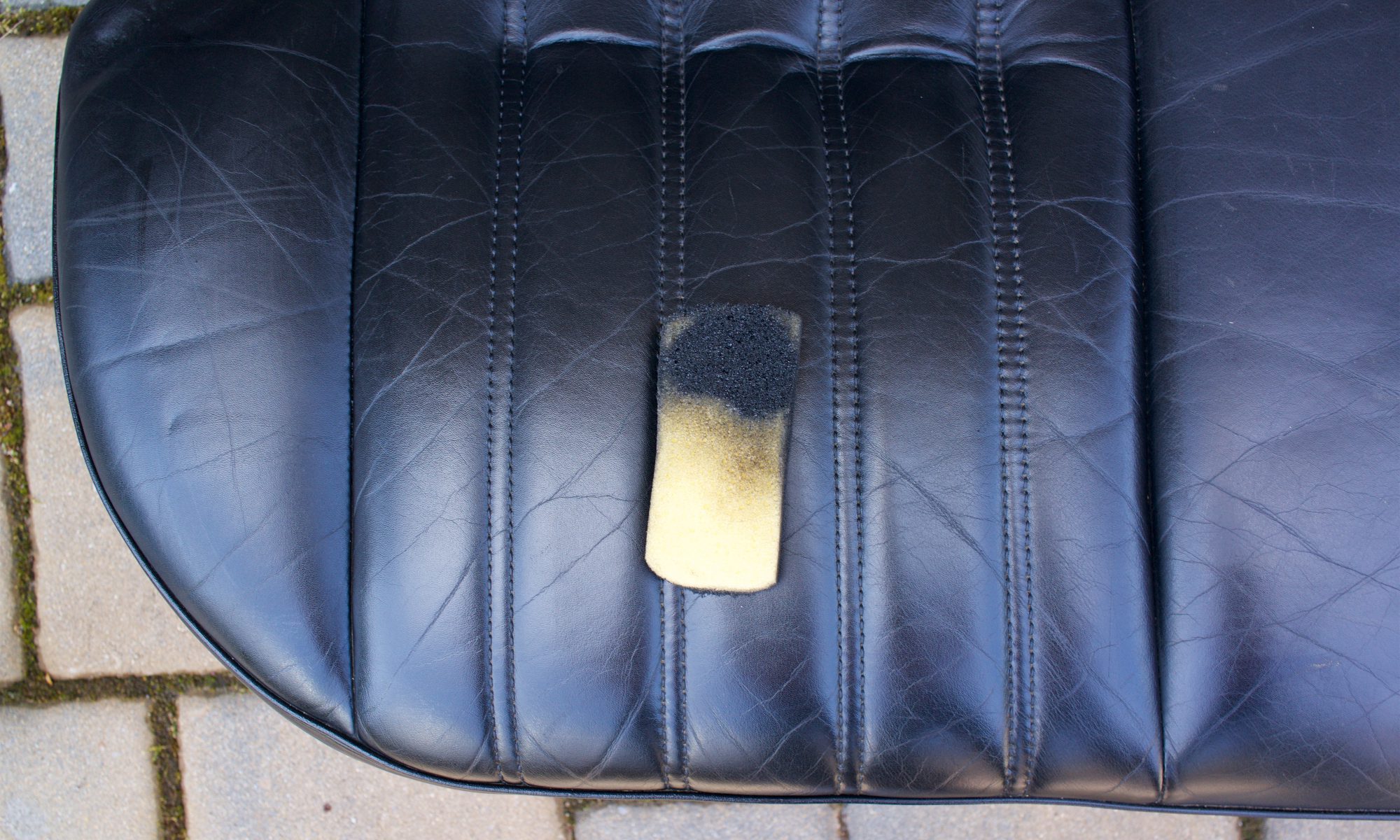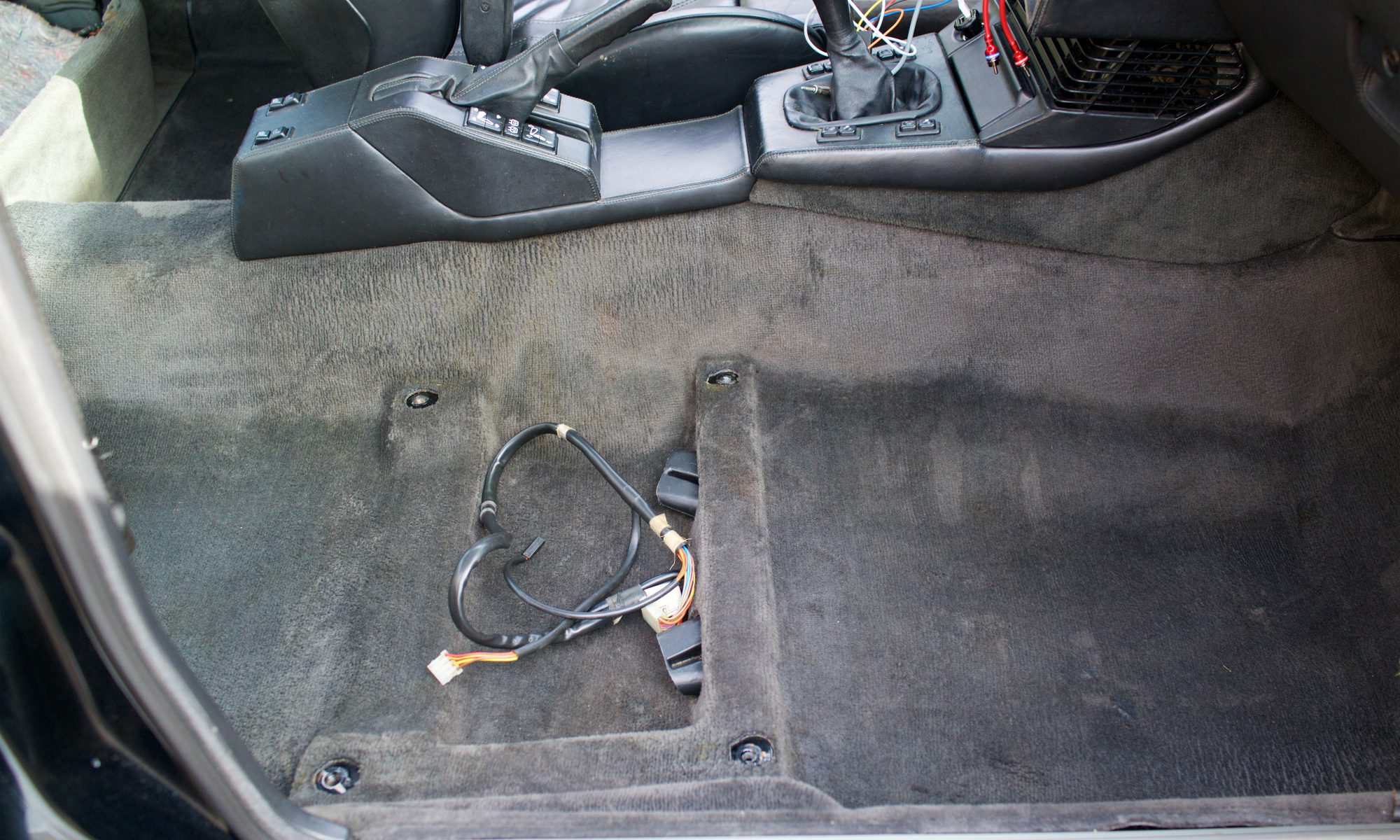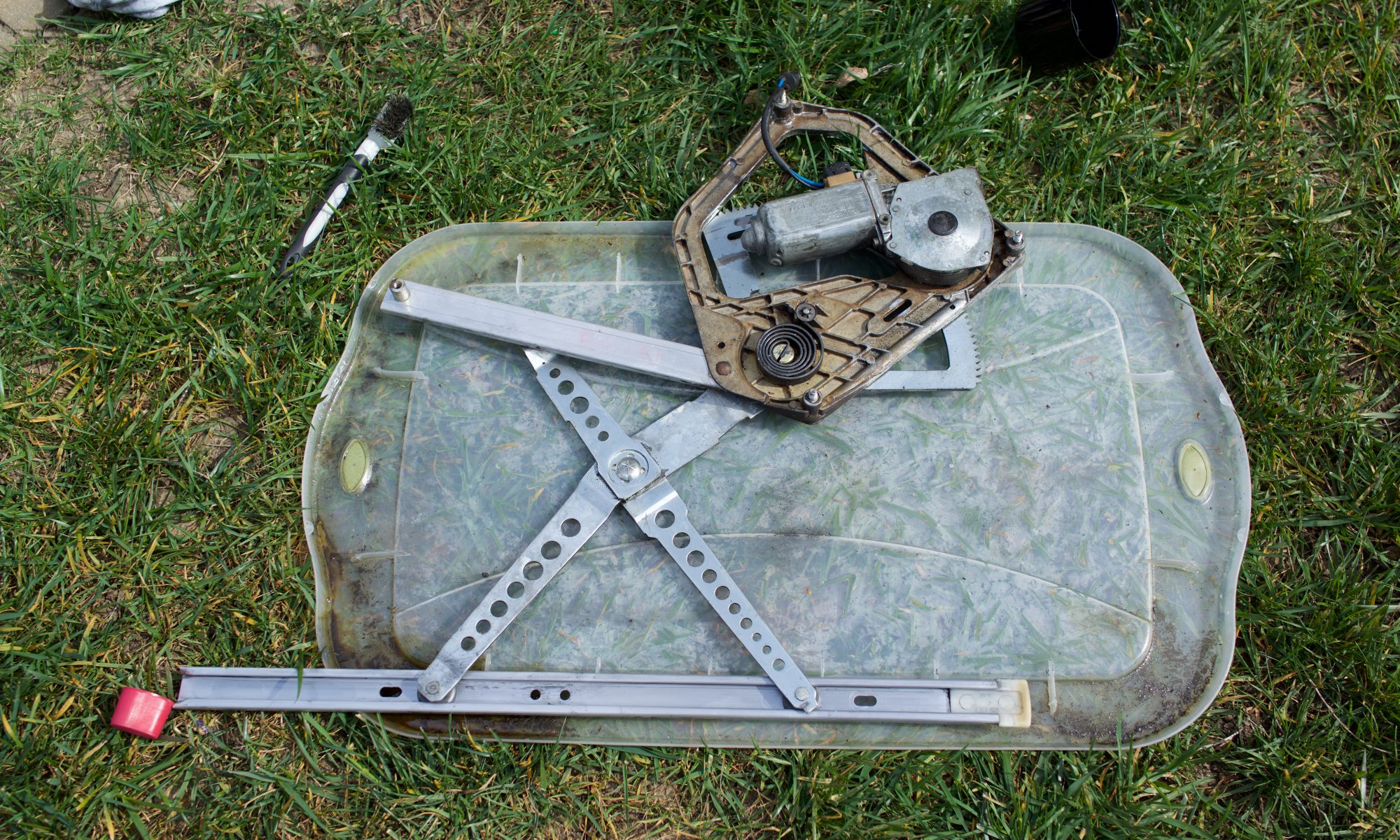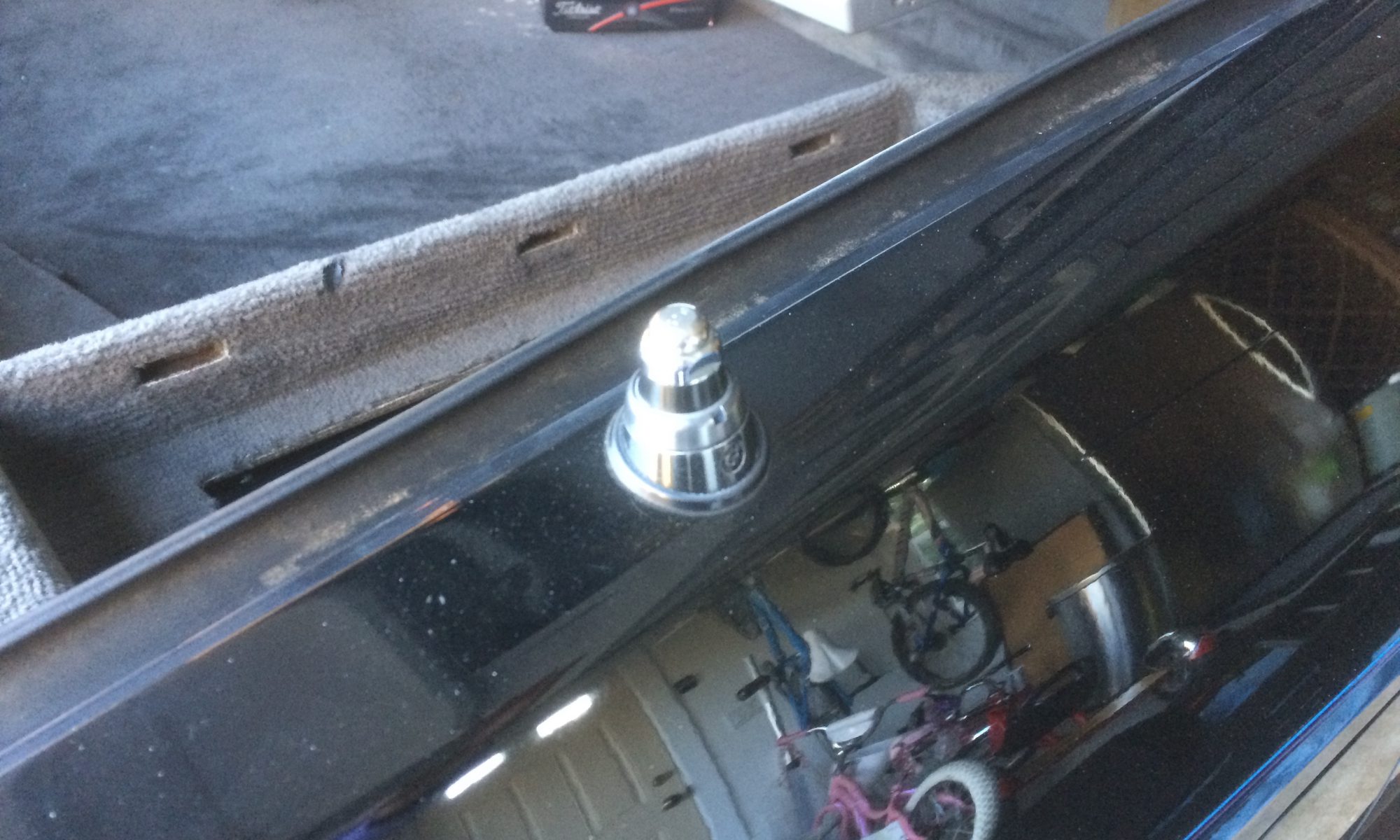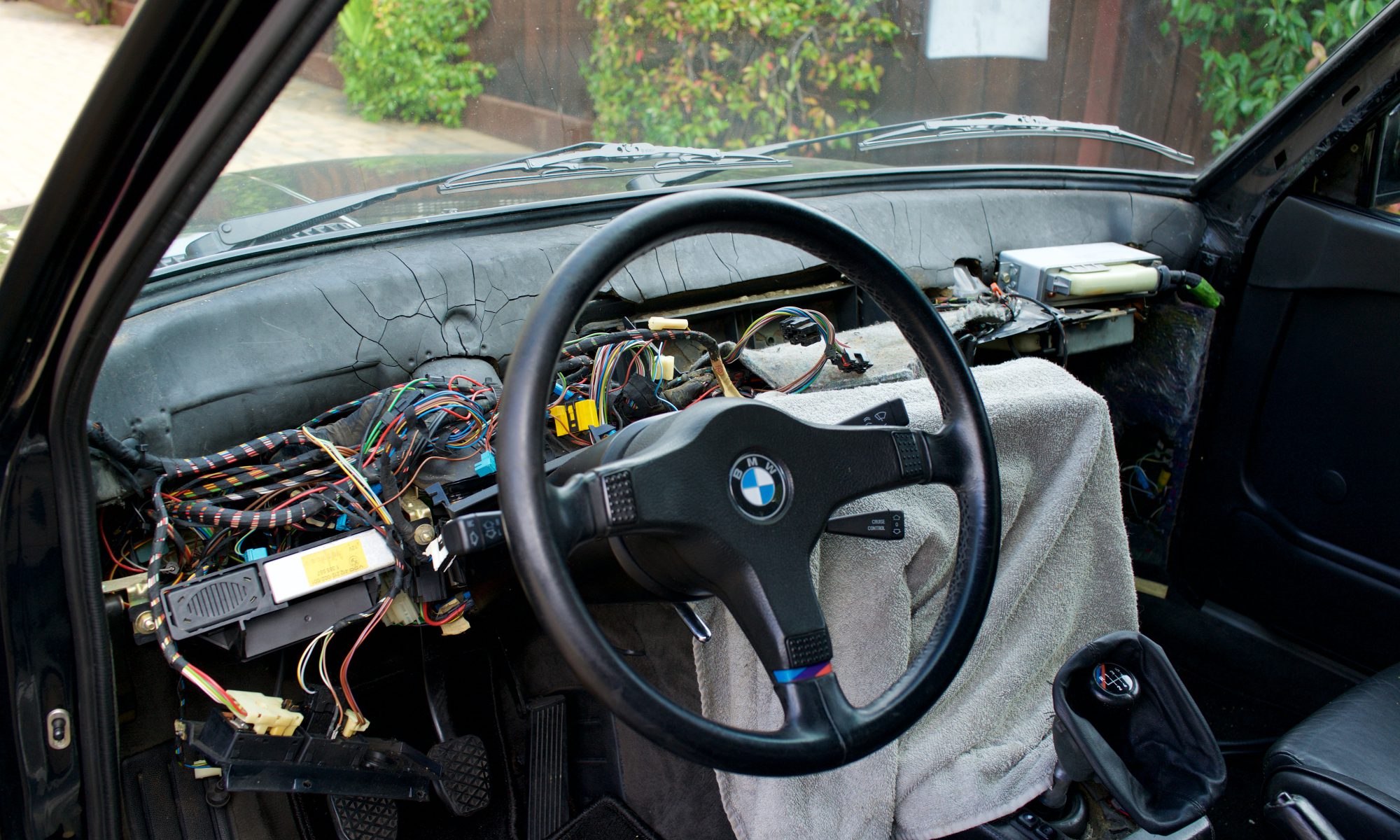One of the most common issues with old E28s are cracked dashboards. This is usually caused by years of exposure to heat and sun. This M5 was not spared and it was one of the worst issues in the interior known to me when I purchased the car. After owning it for a while, I had gotten in the habit of watching the parts classifieds on www.mye28.com and also searching my local Craigslist.
In January of 2015, my persistence paid off, as a nice crack-free E28 dashboard was found about an hour away. I had cautious optimism, as I had already driven across a bridge once to look at a claimed “crack free” dashboard, only to find that it was covered in small cracks. The seller was apologetic and I learned this is just part of the process. The dashboard I found was not perfect – it had one small tear near the front, which wasn’t visible at all while sitting in the car.
I went through the process of removing the vents and ducts from the old dash, running them through the dishwasher, and transferring them to the replacement. This also included the VIN tag, which required drilling out the rivets. The VIN tag didn’t want to just pop off, so I used a little “gentle” force to drive them out with a hammer. Much to my horror, I had actually introduced a little crack in a thin part of the dashboard! This is just one of the many tough lessons I learned about scarce and NLA parts. Again, just part of the process.
After my horror subsided, I decided that the dashboard, while not perfect, was still a million times better than the terribly cracked original and the rest of the car was not perfect either, so it was pretty on par. I went ahead with what most online posts would describe as a big pain-in-the-ass procedure, especially with the windshield remaining installed.
I’m pretty good at following instructions and there are some good ones out there. Like many of the procedures I’ve followed, this one was found on this site. In the end, it wasn’t too bad and the new almost-crack-free dash improved the interior 1,000%. This was a big win for me.
